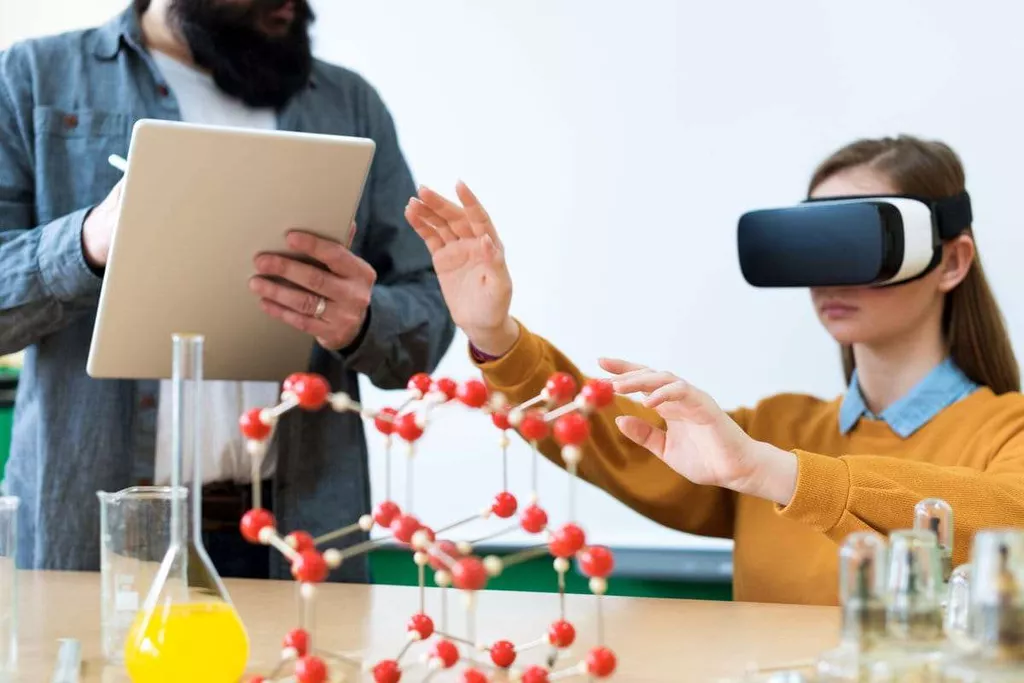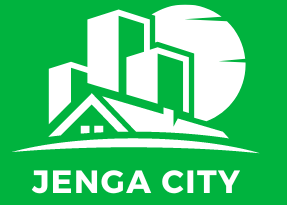During the Storming stage, members are trying to see how the team will respond to differences and how it will handle conflict. No team can be fully effective unless it reaches the Performing stage. Some teams adopt Storming as their way to function, although this many times leads to unproductive work. Teams will have to be aware that they can revert to Storming if the Norming stage is not finalised. In addition, we shouldn’t forget that Adjourning is a very important stage on the team’s life.

When forming a team, leaders need to build trust, set expectations and encourage involvement. Creating a team charter is a great tool to help your team, as is conducting different kinds of “get to know you” activities. And its success or failure very much hinges on the knowledge and skill of its leadership. When leaders allow teams to form and develop with unrealistic expectations or too little oversight, bad things can happen. Conversely, when leaders recognize that every team needs some time and TLC to grow into a functional unit, good things tend to follow. Your team needs to communicate clearly and, rely on one another rather than turn on each other.
Fun Leadership Team Building Activities to Boost Your Team’s Skills
Each stage of team development doesn’t necessarily take just as much time as the one that comes after it, nor the one before it. It’s the time where your team learns about upcoming projects and structures. Here, it’s typical for teammates to feel excited, anxious, and curious about what lies ahead. To properly and clearly identify these in group form, we use the 4 stages of team development.
The norming stage is more harmonious since teams understand why it’s important to ask for help, and how to come to you with questions when they need guidance. This is because your team recognizes how they can trust you and each other in order to complete tasks, move towards their objectives and rely on each other for help. This is a concept that psychologist Bruce Tuckman came up with to properly understand the progress of various teams and the development of key contributors. Team leadership Support managers with the tools and resources they need to lead hybrid & remote teams. At this stage, team roles often become fluid, with colleagues picking up each other’s work and responsibilities when necessary. This kind of versatility can be hugely valuable to the overall success of the team.
Fun Time World Cup Trivia
The key to establishing a routine is simply time and meeting regularly for several weeks. One of the goals of this book is to help ease the transition through the first two stages by providing helpful guidance, direction, and purpose to the group. It is also intended to help the members gradually adjust to talking about their relationships with God more than they may have been used to. The teammembers had not worked through the required developmental stages that allow delegation to be an effectiveleadership choice. Working in teams will foster empathy because team members will have an opportunity to connect and understand each other.

As a collaborative team, you need to work through these together and find common ground. Conflict resolution skills are essential to nurture for a successful collaborative team. A strong and positive company culture provides a set of shared beliefs, values, and goals that connect all employees. When your company’s culture encourages teamwork and collaboration, it becomes an inherent part of the workplace. This way, you can prepare for conversations that build trust while supporting your team and leading through each team development stage.
Join our upcoming Awakened Life course, starting January 15! Register here.
It’s the responsibility of the team leader to keep everyone on track, give constructive feedback and encourage creative discussion to ensure consistent success. There is potential for conflict at this stage if the team leader fails to manage disagreements and strong personalities, which can be destructive to overall efforts. They will have to complete any work that is left and make an evaluation of the team’s accomplishments. This last task is extremely important because they learn from their project and this can be used by future teams.

Members work to solidify positive working relationships with each other. Territoriality decreases as focus is more on the task and less on issues of status, power, and influence. A key aspect of this stage is increased participation by the team members.
Wrapping up: Fostering teamwork and collaboration positively affects individuals and organizations
By embracing creativity, you get to explore the full potential of teams and drive collaboration between members. Encouraging creativity is essential when you want to foster teamwork. By creating and maintaining positive and collaborative company culture, teamwork will be viewed as an expected part of the work environment. Your company culture and values can go a long way to encourage teamwork between employees. Using a communication app lets teams connect, share information, and collaborate in real-time, even if they are not physically together. Celebrating successful teamwork will encourage employees to keep working together as their accomplishments are being recognized.
For smaller, cross-functional teams, use your main project objective for your team’s mission statement. For example, a cross-functional team between web development and marketing may have a project goal of decreasing page load time to 1.5 seconds. In this stage of group development, individual members are just getting to know each other and don’t have a group process yet. At this stage, the group isn’t very productive, as they’re still getting acclimated and figuring out the role that each person will play on the team. The five stages of group development, according to Bruce Tuckman’s model, are forming, storming, norming, performing, and adjourning.
High Performance or Arrested Development?
All remaining teams are eyeing a spot in the final, which takes place on August 20 in Sydney. When a team is first organized or when there is a change up in who is on the team or who leads the team, forming will be the best way to describe the team. MIT is pleased to support employee-led groups formed around common interests or a shared bond or background. https://www.globalcloudteam.com/ Will mean that team mates are not open with each other, will be unable to agree on strategy and operate less efficiently as they are unwilling to delegate and share tasks. Although team members will have to desist on imposing their ideas in many occasions and agree with the rest, they are satisfied because this way the team will work correctly.
- By being a collaborative leader for your team, you will inspire them to work better together.
- In the Performing stage of team development, members feel satisfaction in the team’s progress.
- In order to make that happen, make sure to appreciate the individual strengths of each team member.
- Building personal relationships between team members is sure to bring more collaboration and teamwork to the workplace.
- No team can be fully effective unless it reaches the Performing stage.
- When teams achieve the high-performance it may be a really enjoyable and rewarding experience.
- This is one of the most crucial points for building trust and forming resilient relationships.
In the Norming phase, teams become more comfortable with each other and more familiar with their processes. And in the final phase, Performing, teams really begin to work together well, achieving an ever increasing level of peak performance. When a team reaches the performing stage, the team leader can trust that his or her team is ready for the challenges that they will be working on.
Join theSeed Team!
The forming stage of team development is the first step in team bonding. In this initial stage, group members gather and learn more about each other. Though some people might refer to the forming stage as https://www.globalcloudteam.com/four-stages-of-team-development-what-you-need-to-know/ “the honeymoon stage” of team building, it more closely resembles a first date. Teammates meet, discover group member strengths and weaknesses, explore the basics of the project, and form group goals.


